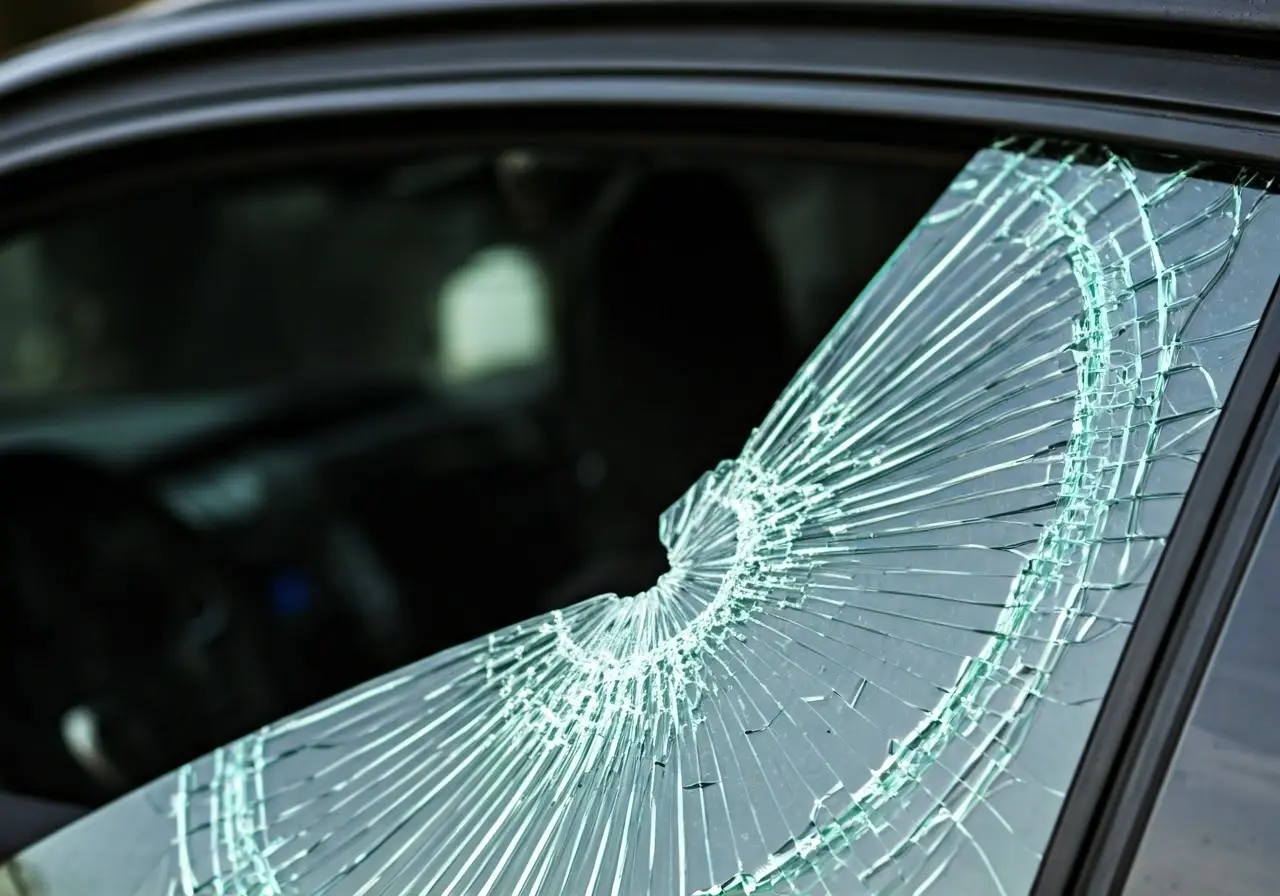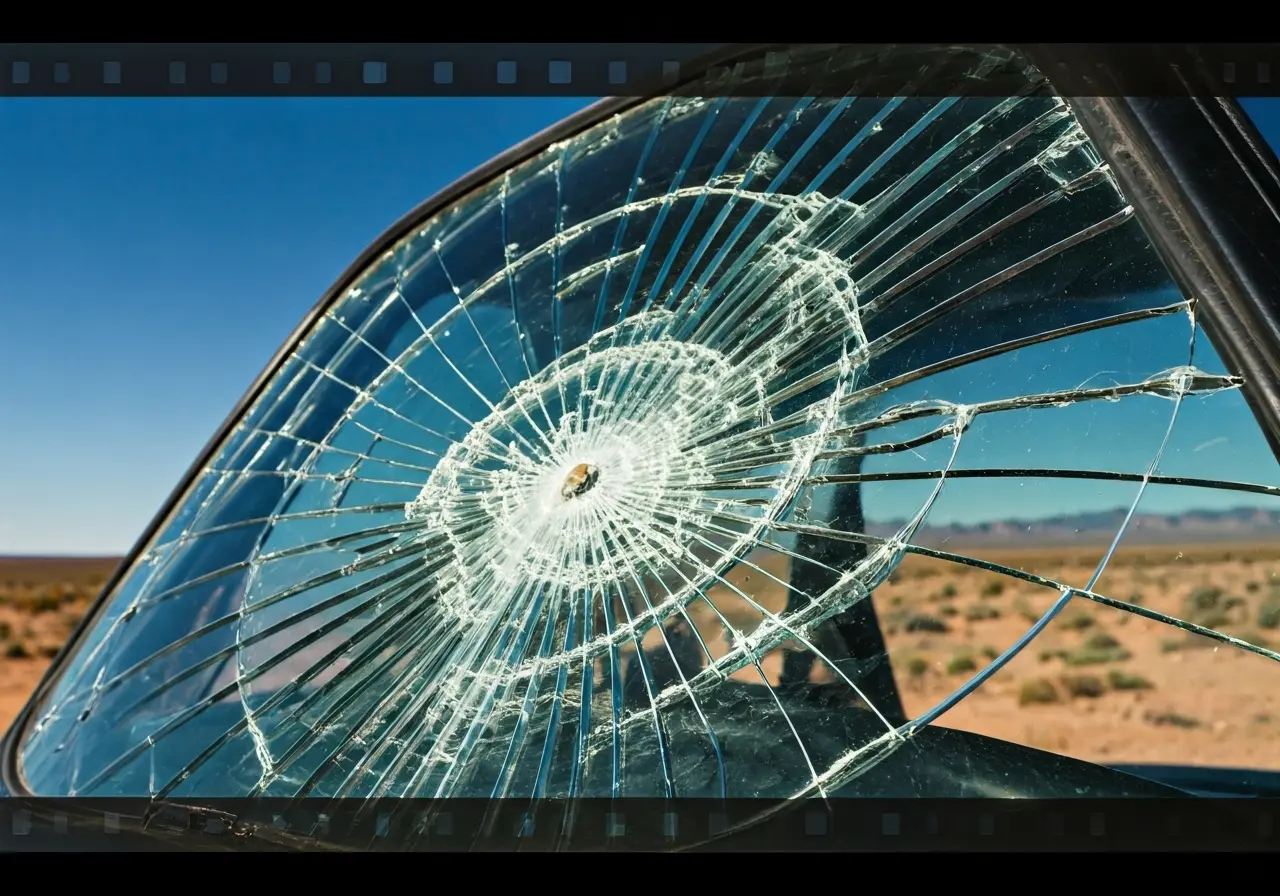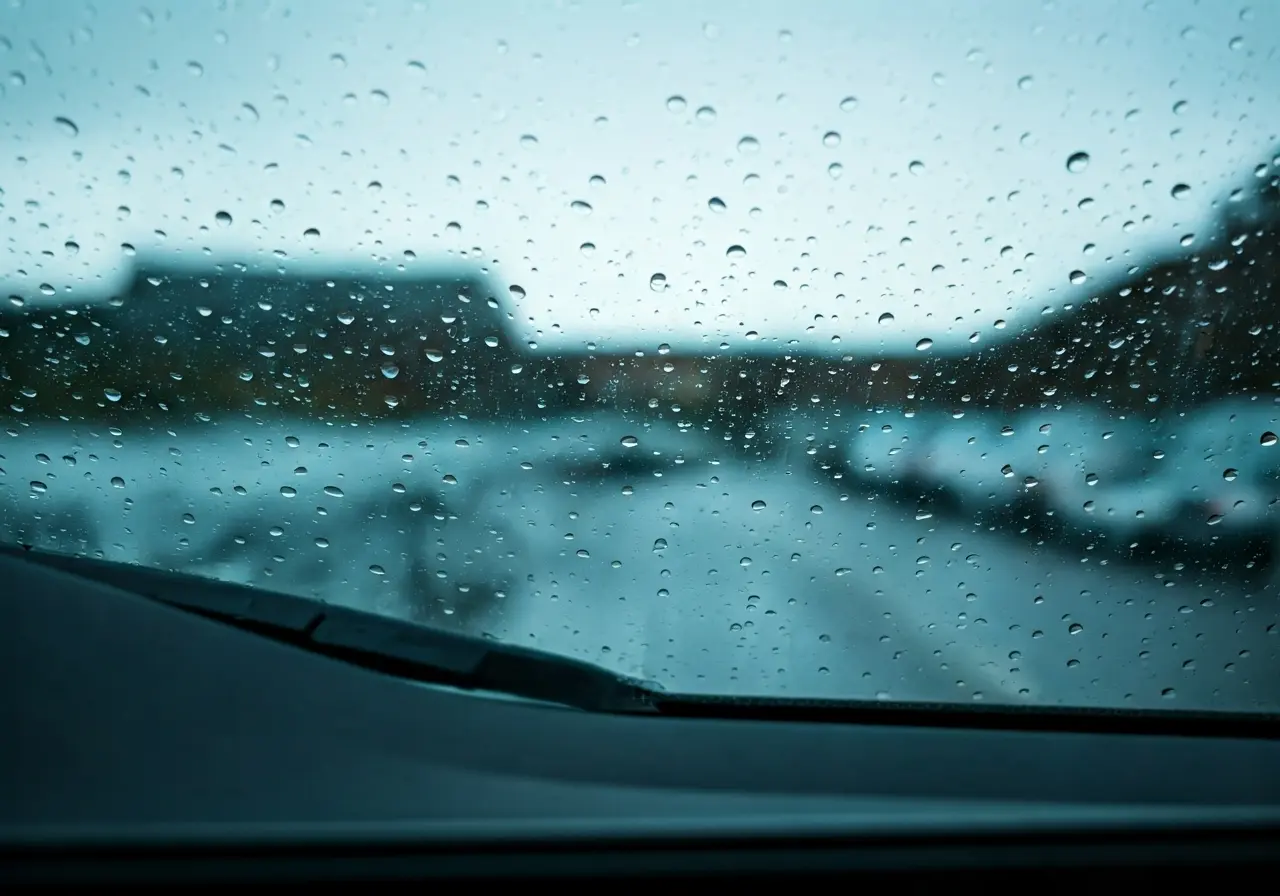In the pursuit of enhanced safety and durability on the road, advancements in vehicle materials play a crucial role. Safety glass has emerged as a vital component in modern vehicles, providing numerous benefits that go beyond simple protection. In this blog, we explore the various advantages of safety glass and how it contributes to vehicle safety.
Understanding Safety Glass: A Brief Overview
Safety glass consists primarily of laminated and tempered glass types. These specially designed glass categories are integral to modern vehicles, providing not just structural integrity but also a layer of protection that ordinary glass cannot match. Laminated glass is created by bonding two layers of glass with a plastic inner layer, which is crucial in minimizing injuries by holding the glass together upon impact. Tempered glass, on the other hand, is manufactured through a rapid heating and cooling process that strengthens the glass, causing it to break into small, blunt pieces rather than sharp shards when shattered.
The importance of safety glass is underscored by its ability to act as a barrier against flying debris, reduce noise, and offer UV protection. These features significantly enhance the driving experience, providing both physical protection and comfort to the vehicle’s occupants. For many manufacturers, the future of automotive safety lies heavily in the continued innovation and development of safety glass technologies.
Enhanced Safety Features of Laminated Glass
Laminated glass plays a crucial role in minimizing injuries during collisions. By holding the glass together, it reduces the risk of shattering, thereby preventing sharp shards from causing harm to passengers. This not only keeps passengers safer during accidents but also helps maintain the structural integrity of the vehicle. In cases of rollover accidents, the windshield acts as a critical supportive component that prevents the car’s roof from collapsing.
In addition to its structural benefits, laminated glass provides acoustic insulation, reducing the infiltration of external noises and thereby enhancing the in-cabin experience. Furthermore, it blocks up to 99% of UV radiation, protecting both the vehicle’s interior and its passengers from prolonged exposure to harmful rays. This added protection ensures the longevity of the vehicle’s interior elements, such as dashboards and seating materials, while safeguarding the skin and eyes of those inside.
Laminated glass is also increasingly important due to the trends in auto glass innovation, as discussed in the Cutting-Edge Trends in Auto Glass. The durability and multi-functional nature of laminated glass make it a pivotal element in vehicle safety and user experience.
The Impact of Tempered Glass in Vehicle Security
Tempered glass is known for its strength and ability to break into small, blunt pieces rather than sharp fragments. This quality not only contributes to passenger safety but also bolsters security against break-ins and thefts. In the event of an attempted theft, the tempered glass’s shatter-resistant properties can hinder easy access to the vehicle, providing a crucial time buffer for the alarm system to activate or the vehicle owner to respond.
The robust nature of tempered glass also means it can withstand significant impact from external forces, such as road debris or small collisions, without fracturing, helping maintain clear visibility and thereby preventing potential accidents. The strengthened surface layer of tempered glass resists scratches and abrasion, ensuring that the windows remain clear over time.
Additional Benefits: Noise Reduction and UV Protection
Beyond safety, safety glass provides acoustic insulation, significantly reducing road noise and enhancing the comfort of the ride. Additionally, it offers UV protection, shielding the interior and passengers from harmful sun rays. The integration of advanced materials in the glass allows for enhanced sound dampening, creating a more serene driving environment. This is particularly beneficial in urban settings or during long highway journeys, where external noise can be pervasive.
Safety glass also plays an essential role in protecting vehicle occupants from the harmful effects of ultraviolet radiation. The UV filtering properties of laminated safety glass protect not only the occupants but also the interior materials from fading and deterioration, ensuring long-term durability and appearance. These features make safety glass a critical component in the design and maintenance of modern vehicles, contributing significantly to both comfort and preservation.
The Transformative Role of Safety Glass in Vehicle Protection
Safety glass has revolutionized vehicle protection by offering unparalleled safety, security, and comfort. From reducing injury risks during accidents to providing improved sound insulation and UV protection, safety glass is an essential element in modern automotive design. As technology continues to advance, the role of safety glass in vehicle protection will undoubtedly become even more significant.



